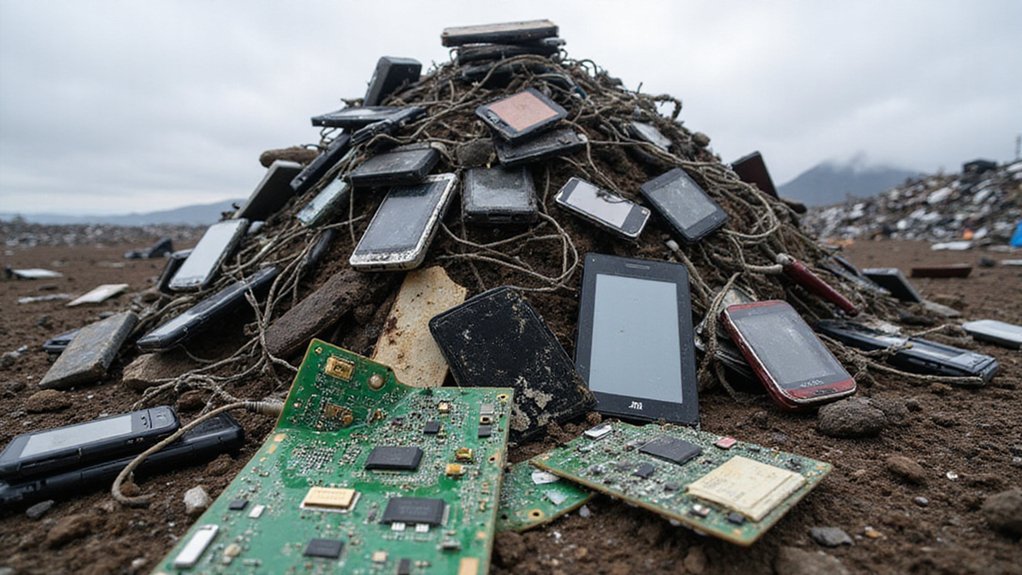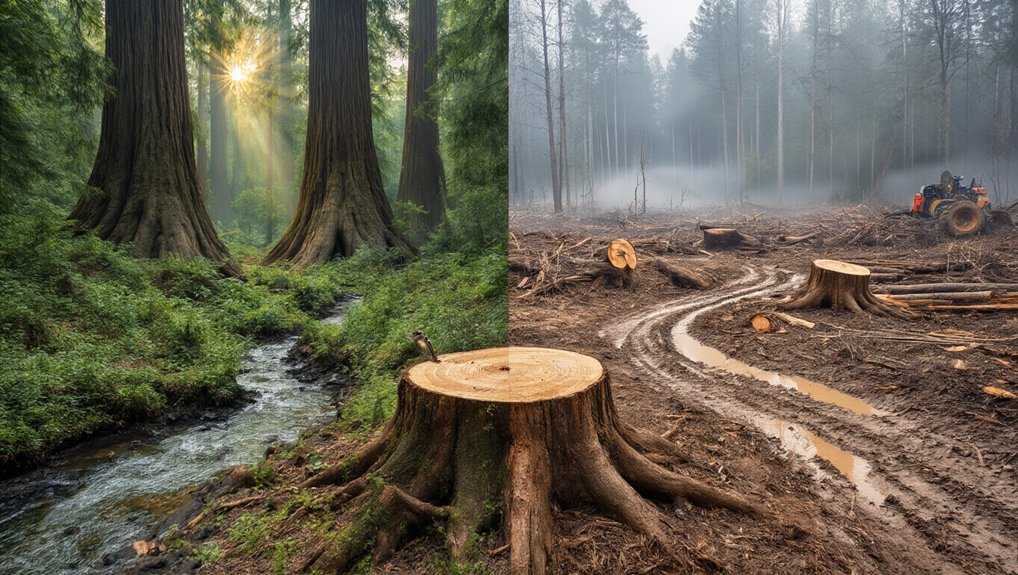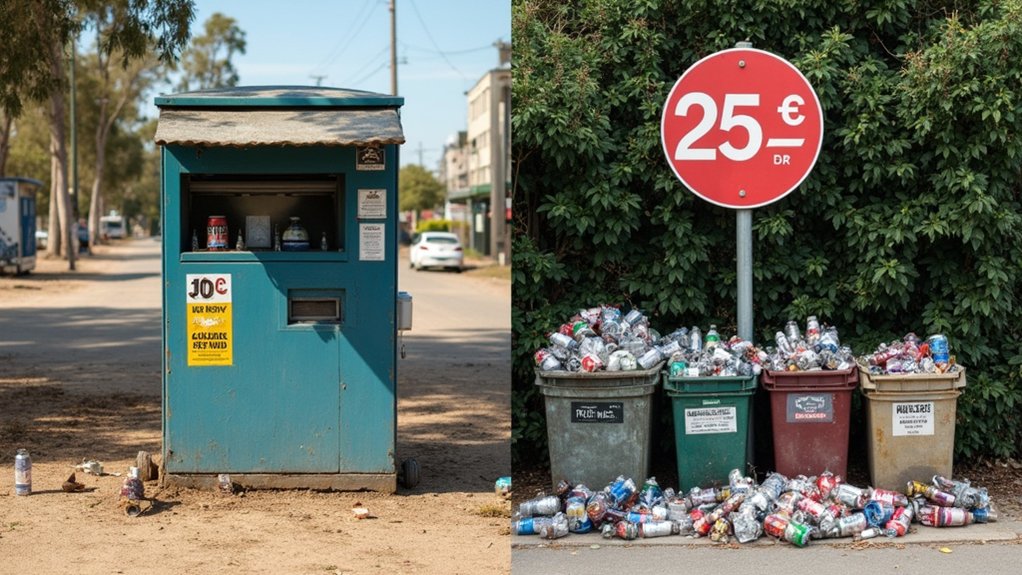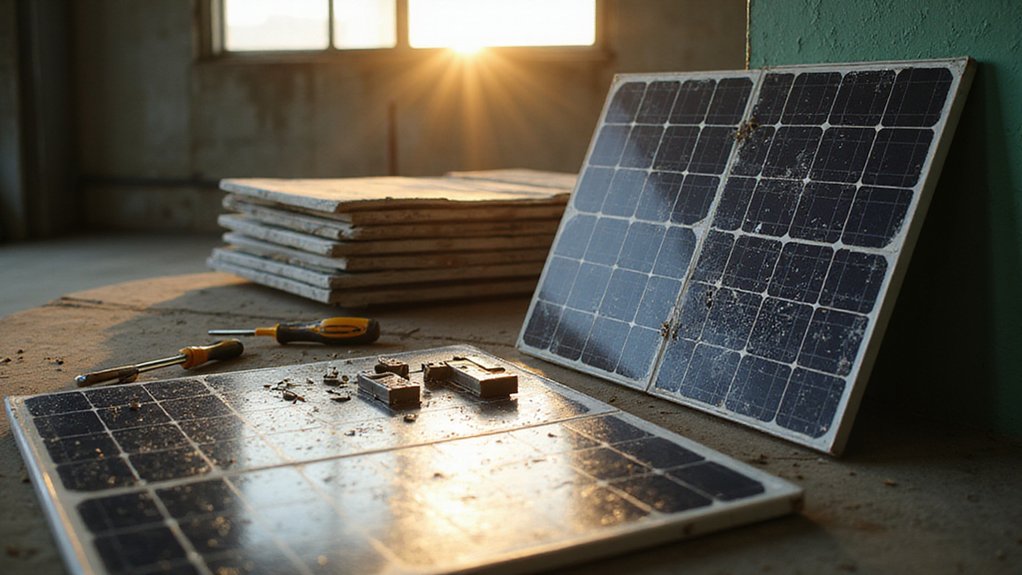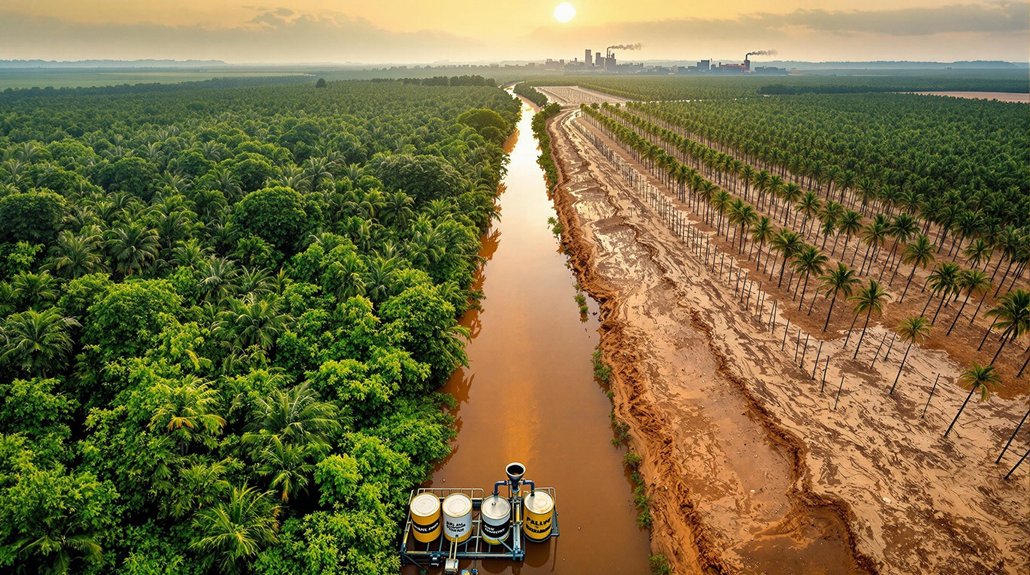While everyone’s busy upgrading to the latest smartphone, the planet’s drowning in a 347-million-metric-ton mountain of old ones. The numbers are staggering. By 2030, annual e-waste generation will hit 74 million tons. That’s right, e-waste is now the fastest-growing waste stream on Earth, and barely anyone’s doing anything about it.
Here’s the twist: only 17.4% of e-waste got recycled in 2019. The rest? Landfilled, incinerated, or shipped off to some unfortunate corner of the world. Speaking of which, rich countries love playing hot potato with their tech trash. They export 7-20% of their e-waste to poorer nations, pretending it’s for “reuse.” Spoiler alert: it usually ends up getting torn apart by workers without safety gear, poisoning entire communities with lead and mercury.
The irony is thick. While 35% of electronics buyers claim to check for sustainability, 60% of younger consumers don’t even know what e-waste is. Gen Z can name every iPhone model but can’t grasp that their old ones are toxic time bombs. Only 27% of the clueless crowd considers environmental impact when buying tech. Meanwhile, they’ll religiously recycle their soda cans. The average consumer now owns three or more devices, with a 56% spike in households juggling six-plus gadgets since 2018. The rush to adopt 5G networks has made matters worse, rendering millions of perfectly functional devices obsolete overnight. Unlike renewable resources, electronic components rely on finite materials that cannot naturally replenish.
Retailers are scrambling to look green. Walmart bragged about diverting 83.5% of operational waste from landfills in 2023, though that’s not specifically tech waste. Some brands are pushing trade-in programs and “ReBoxing Day” campaigns. Cute names, minimal impact. The reality remains brutal: most electronics get tossed with regular trash, especially the small stuff like earbuds and chargers.
The environmental carnage is real. Toxic substances leak into soil, water, and air. Informal recycling operations recover only fragments of valuable materials while spreading pollution. In many regions, there’s simply no infrastructure to handle the deluge. No regulations, no recycling centers, no hope.
This isn’t just about numbers on a spreadsheet. It’s about a planet choking on humanity’s obsession with the newest, shiniest gadget. While tech companies profit and consumers upgrade, the Earth pays the price. The mountain of e-waste keeps growing, one discarded device at a time.
References
- https://www.gwi.com/blog/chart-of-the-week/sustainability-2022-e-waste/
- https://www.ecolytics.io/blog/technology-has-a-waste-problem
- https://blog.purestorage.com/perspectives/sustainability-stepping-up-e-waste-recycling/
- https://corporate.walmart.com/purpose/esgreport/environmental/waste-circular-economy
- https://ewastemonitor.info/wp-content/uploads/2020/11/GEM_2020_def_july1_low.pdf
